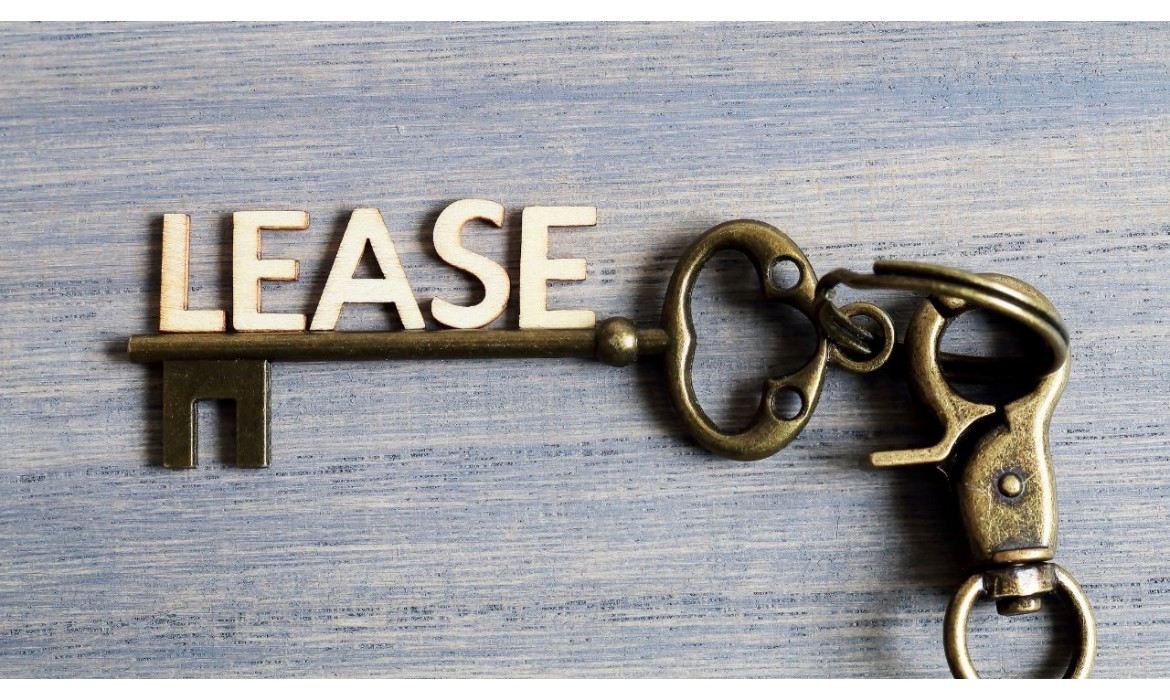La sempre crescente competitività dei mercati e il profilarsi di nuovi bisogni hanno spinto per la definizione di nuovi schemi contrattuali, capaci di rispondere alla domanda diversificata degli acquirenti di beni e servizi.
Grazie all’influenza del diritto anglosassone, da diversi anni l’ordinamento giuridico italiano ha accolto con favore alcune figure affini al contratto di locazione: la locazione finanziaria immobiliare (nota come “leasing”); il rent to buy; il buy to rent.
Si tratta, in verità, di istituti di nicchia che non trovano ancora diffusa applicazione nel nostro ordinamento ma che, a nostro avviso, sono estremamente sottovalutati.
Per tali ragioni ci sembra opportuno spiegarne il funzionamento: in un futuro non troppo lontano questi istituti possono rappresentare nuove forme di investimento e una valida alternativa ai tradizionali contratti di compravendita e locazione.
LA LOCAZIONE FINANZIARIA (LEASING)
La materia è regolata dall’articolo 1, comma 76, della legge 208/2015 (Legge di stabilità 2016).
La locazione finanziaria immobiliare è un negozio giuridico a titolo oneroso che prevede l’intervento di tre soggetti:
a) l’impresa utilizzatrice;
b) il concedente (un intermediario finanziario);
c) il venditore del bene o il fornitore del servizio.
Si tratta, in sostanza, di uno schema contrattuale trilaterale, diverso dal contratto di locazione di impianto tradizionale.
Per comprendere meglio:
* l’impresa X (UTILIZZATRICE) indica alla Banca il bene di cui ha bisogno;
* la banca Y (CONCEDENTE), in base alle indicazioni ricevute dall’utilizzatore, acquista o fa costruire un immobile al soggetto Z (VENDITORE/FORNITORE);
* la banca Y, dietro versamento di un canone periodico, concede all’impresa X l’immobile venduto/fornito da Z.
Il leasing immobiliare presuppone l’intervento di due contratti, collegati a interessi economici diversi:
* un contratto di compravendita/appalto tra banca Y e venditore/fornitore Z;
* un contratto di leasing tra banca Y e impresa utilizzatrice X.
Il canone di locazione è determinato in base al valore di mercato dell’immobile, previa valutazione estimativa.
Potrà essere fisso o variabile, a seconda che il contratto ne preveda l’indicizzazione nel corso del tempo.
L’impresa utilizzatrice può rinegoziare il piano finanziario nel corso dell’esecuzione del contratto.
Alla scadenza del termine previsto l’utilizzatore potrà esercitare una delle seguenti opzioni:
a) restituire il bene concesso in locazione finanziaria;
b) esercitare l’opzione di riscatto: acquistare il bene a una somma residua predeterminata già al momento della sottoscrizione del contratto.
Nel caso in cui l’impresa utilizzatrice scelga di riscattare il bene, stipulerà un contratto di compravendita con la banca.
IL RENT TO BUY
Rent to buy significa, letteralmente, “affitta per vendere”.
La materia è disciplinata dall’art. 23 del decreto legge 133 del 2014, «Misure urgenti per l'apertura dei cantieri, la realizzazione delle opere pubbliche, la digitalizzazione del Paese, la semplificazione burocratica, l'emergenza del dissesto idrogeologico e per la ripresa delle attività produttive», noto come “decreto sblocca Italia”.
Il decreto accorda una tutela giuridica alle parti del contratto di locazione qualora intendano, alla scadenza, acquistare l’immobile.
Oggetto del contratto può essere un immobile a uso abitativo oppure no.
Che differenza c’è con il leasing immobiliare?
Nel rent to buy l’operazione non coinvolge tre soggetti ma due: il contratto intercorre tra conduttore e locatore, con possibilità del primo di acquistare l’immobile alla scadenza della locazione.
Il canone di locazione sarà più alto di quello di mercato in quanto non rappresenta esclusivamente il corrispettivo del godimento dell’immobile ma anche una quota in conto prezzo della successiva vendita (tale quota sarà restituita al conduttore nel caso non intenda acquistare l’immobile alla scadenza dedotta in contratto).
Il vantaggio di questo schema contrattuale è, per il conduttore, quello di godere immediatamente dell’immobile più adatto alle proprie esigenze senza subire la diminuzione patrimoniale, corrispondente al prezzo di compravendita, o dover contrarre un mutuo; per il locatore, conseguire una rendita più alta, rispetto al canone di mercato, per tutta la durata della locazione.
Grazie alla novella legislativa apportata dal decreto banche (d.l. 59/2016), qualora il conduttore sia inadempiente, il locatore può avvalersi del procedimento della convalida di sfratto.
Il contratto di rent to buy è soggetto a trascrizione.
IL BUY TO RENT
Nel buy to rent si realizza semplicemente una compravendita con una particolare forma di pagamento a rate:
• il trasferimento della proprietà è immediato (non vi è conduttore perché il contraente acquista immediatamente la proprietà);
• il corrispettivo della compravendita viene versato a rate.
È evidente la differenza con la compravendita previa sottoscrizione del mutuo: nella compravendita il venditore viene pagato integralmente dalla banca mentre nel buy to rent il venditore percepisce soltanto un anticipo sul prezzo di compravendita e il resto viene saldato a rate.
Le forme di investimento nel real estate si sono evolute nel corso degli anni.
Gli istituti del leasing immobiliare, rent to buy e buy to rent rappresentano valide alternative, soprattutto lato acquirente, per godere di un immobile pur non disponendo della liquidità necessaria ed evitando di ricorrere all’indebitamento bancario.
Se stai cercando un immobile che faccia al caso tuo, contattaci per una consulenza, ti aiuteremo a individuare la soluzione più adatta alle tue esigenze.

